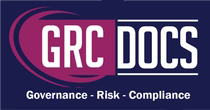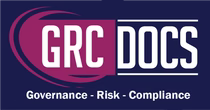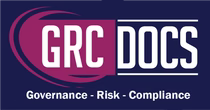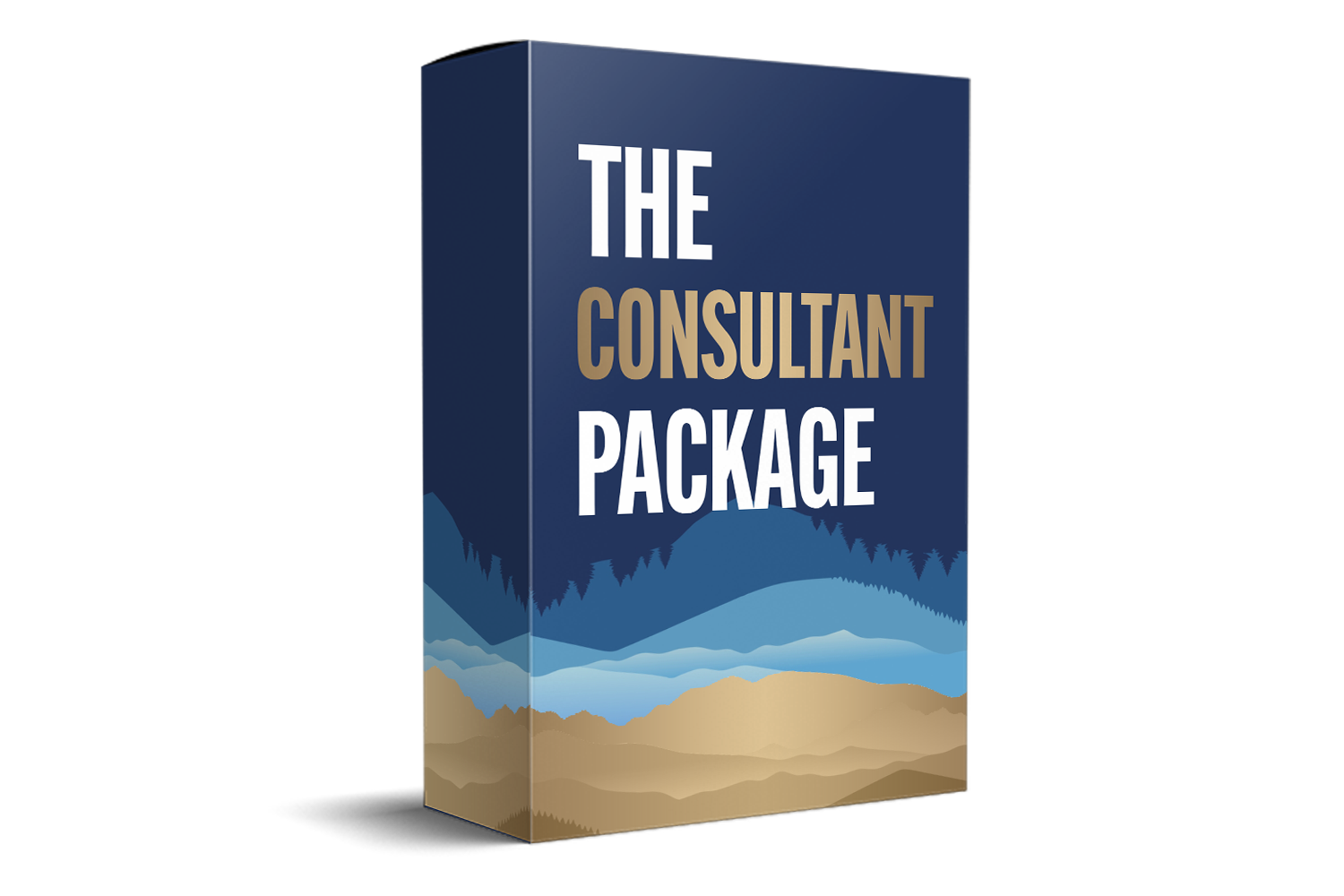SOC 2 Security Controls Tracker Monitor And Maintain Compliance Effectively
Introduction
In today's digital landscape, data security is more important than ever. With the proliferation of cyber threats and increasing regulatory scrutiny, protecting sensitive information is not only crucial for maintaining customer trust but also for ensuring compliance with industry standards. Organizations across various sectors are under pressure to demonstrate robust data protection measures. One such standard that has gained prominence is SOC 2, which focuses on security controls related to the management of data. This article will guide you through the essentials of a SOC 2 security controls tracker, helping you understand how it can be an invaluable tool in your risk management strategy.
Why SOC 2 Compliance Matters
SOC 2 compliance is particularly vital for service providers storing customer data in the cloud. It assures clients that your organization has implemented stringent security measures to protect their information. Achieving SOC 2 compliance demonstrates your commitment to safeguarding data, thereby enhancing your credibility and building trust with clients. In an era where data breaches can severely damage a company's reputation and financial standing, SOC 2 compliance serves as a competitive differentiator. Moreover, for businesses looking to partner with large enterprises, SOC 2 compliance is often a prerequisite, opening doors to new opportunities and markets.
What Is A SOC 2 Security Controls Tracker?
A SOC 2 security controls tracker is a tool or system that helps organizations monitor and manage their compliance with SOC 2 requirements. It provides a structured approach to track and document the implementation and effectiveness of security controls. By offering a centralized platform, a tracker simplifies the often complex task of compliance management, allowing organizations to focus on their core operations without compromising on security. Additionally, as organizations scale and their data environments become more intricate, a security controls tracker becomes indispensable in maintaining oversight and control over security measures.
Key Features Of A SOC 2 Security Controls Tracker
-
Comprehensive Control Mapping: The tracker maps out all SOC 2 controls and their respective requirements, providing a clear overview of what needs to be implemented and monitored. This feature ensures that no aspect of compliance is overlooked and that organizations can efficiently allocate resources to areas that require attention.
-
Automated Monitoring: Many trackers offer automated tools to continuously monitor your systems and alert you to any compliance issues or potential risks. Automation reduces the likelihood of human error and ensures that compliance efforts are proactive rather than reactive.
-
Documentation and Reporting: It allows for easy documentation of compliance efforts and generates reports necessary for SOC 2 audits. These reports can be tailored to meet the specific needs of auditors, providing transparency and facilitating a smoother audit process.
-
Risk Management Integration: A good tracker will integrate with your existing risk management processes, helping you identify and mitigate potential threats to data security. This integration ensures that security measures are aligned with the overall risk strategy of the organization, providing a holistic approach to threat management.
Implementing A SOC 2 Security Controls Tracker
Implementing a SOC 2 security controls tracker involves several steps, each crucial for ensuring a robust risk management strategy. The process requires careful planning and consideration to ensure that the tracker effectively supports your compliance efforts while being adaptable to future needs.
Step 1: Identify Relevant Controls: Begin by identifying which of the SOC 2 trust service principles apply to your organization. These principles guide the selection of controls you need to track. For instance, if your organization primarily deals with sensitive customer data, the confidentiality and privacy principles will be of utmost importance. This initial step sets the foundation for your compliance journey, ensuring that your efforts are focused on the most critical aspects of data protection.
Step 2: Choose the Right Tracker: Select a tracker that aligns with your organization's size, complexity, and industry requirements. Consider whether the tracker can integrate with your current systems and processes, and whether it provides the level of automation and reporting you need. A well-chosen tracker will not only meet your immediate compliance needs but will also be scalable to accommodate future growth and changes in your organization's data environment.
Step 3: Develop a Monitoring Plan: Create a comprehensive plan that outlines how you will monitor and document compliance with SOC 2 controls. This plan should include regular checks, audits, and updates to ensure that all controls are functioning as intended. By establishing a clear monitoring framework, you can ensure continuous compliance and quickly address any issues that arise.
Step 4: Train Your Team: Educate your team about SOC 2 requirements and how to use the tracker effectively. Regular training sessions can help ensure everyone understands their role in maintaining compliance and protecting data security. Empowering your team with the knowledge and tools they need fosters a culture of security awareness and accountability throughout the organization.
Benefits Of Using A SOC 2 Security Controls Tracker
-
Enhanced Data Security: By systematically tracking and managing SOC 2 controls, you can significantly enhance your organization's data security. The tracker helps identify vulnerabilities and enables quick response to potential threats. This proactive approach to security management reduces the risk of data breaches and enhances the overall resilience of your organization's data infrastructure.
-
Streamlined Compliance Process: A SOC 2 security controls tracker simplifies the compliance process by providing a clear structure for monitoring and documenting controls. This not only makes audits easier but also reduces the risk of non-compliance. By having all compliance-related information in one place, organizations can efficiently manage their compliance obligations and respond to auditor requests promptly.
- Improved Client Trust and Confidence: Achieving and maintaining SOC 2 compliance with the help of a tracker demonstrates your commitment to data security. This can improve client trust and confidence, ultimately contributing to business growth. As clients become more discerning about the security practices of their partners, demonstrating compliance can be a decisive factor in winning new business and retaining existing customers.
Common Challenges And How To Overcome Them
While a SOC 2 security controls tracker offers numerous benefits, organizations may face challenges during implementation and ongoing management. Addressing these challenges proactively ensures a smoother transition and maximizes the effectiveness of the tracker.
Challenge 1: Complexity and Cost: Implementing a comprehensive tracker system can be complex and costly, particularly for smaller organizations. To overcome this, consider starting with a basic tracker that covers essential controls and gradually expand its capabilities as your organization grows. Leveraging cloud-based solutions can also reduce upfront costs and provide flexibility in scaling the system as needed.
Challenge 2: Keeping Up with Changes: SOC 2 requirements and security threats are constantly evolving. Ensure your tracker is regularly updated and that your team stays informed about the latest changes in compliance standards and emerging risks. Subscribing to industry newsletters and engaging in continuous learning opportunities can help your team stay ahead of the curve.
Challenge 3: Integration with Existing Systems: Integrating a new tracker with existing systems can be challenging. Choose a tracker that offers seamless integration options and consider working with IT professionals to ensure a smooth transition. Involving stakeholders from different departments early in the process can also facilitate better alignment and cooperation.
Conclusion
A SOC 2 security controls tracker is an indispensable tool for organizations seeking to enhance their data security and comply with industry standards. By systematically tracking and managing compliance efforts, you can protect sensitive information, streamline the audit process, and build trust with clients. Implementing a tracker may present challenges, but with careful planning and execution, it can significantly contribute to your organization's risk management strategy.






